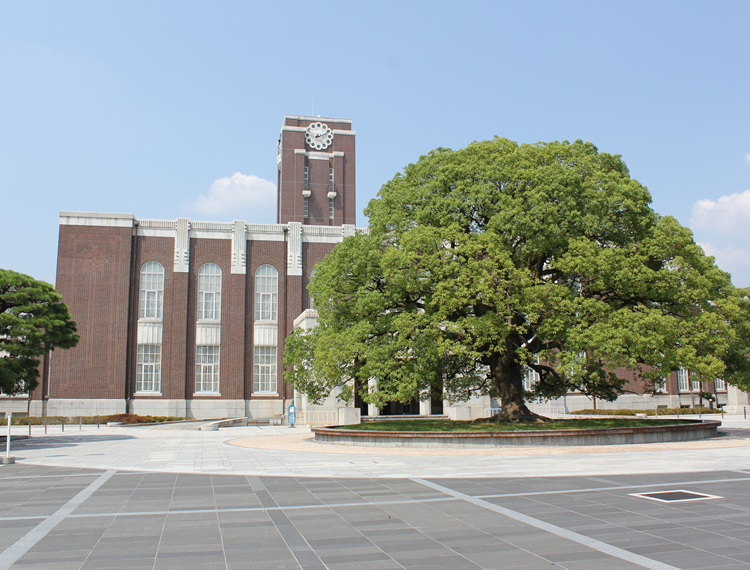Day 1 of the Forum on Advanced Materials Science and Technology for Cultural Assets showed the diversity of applications of technologies used for material processing and analysis and the implications of these technologies and techniques.
Professor Ari-Ide Ektessabi introduced the Forum touching on the wide range of content across the presentations, and introduced the important work of the Ide Advanced Imaging Laboratory for the field of cultural heritage digitisation.
Opening the presentations Dr. Marjid Sarmadi addressed the importance of high resolution scanning for digitising significant cultural heritage for future generations. Mr Sarmadi detailed the process, outcomes and purpose of the project to digitise the Helen Louise Allen Textile collection of the school of Human Ecology at the University of Wisconsin-Madison
Artist and academic Chelsea Lehmann discussed the aesthetic and perceptual impacts of advanced imaging techniques, exploring the ways in which these technologies and their outcomes can connect to, inspire or even ‘be’ art.
The third presentation was by art historian and curator Yoko Sanekata.
Ms. Sanekata discussed the imaging and restoration process for the Buddhist painting “Water-Moon Avalokiteśvara” by artist So Guban in which high-resolution, microscopic photography, and X-ray fluorescence analysis were used to determine the state of the painting on silk, and the appropriate restoration process.
Finally Mr. Tomita, a medical doctor and engineer discussed the ambivalence of technology in both medical practice and engineering, emphasising the difference between ‘fact’ and ‘irreplaceable’ reality. His presentation focussed on the philosophical and creative questions that arise through the use of technology in various disciplines.
